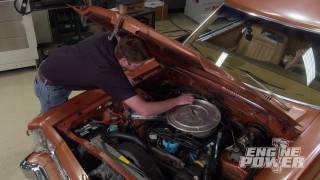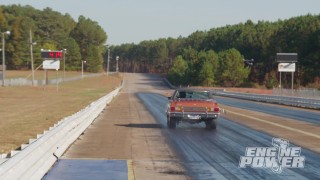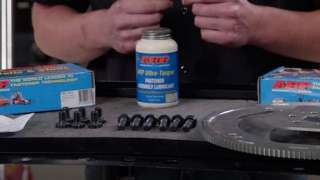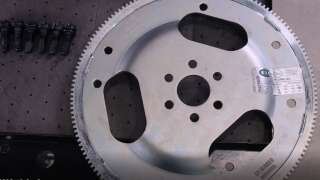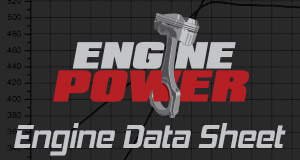More Spicy Sleeper Granada Episodes
Engine Power Featured Projects
Engine Power Builds
Want more content like this?
Join the PowerNation Email NewsletterParts Used In This Episode
Lubrication Specialties
Hot Shot's Secret Adrenaline NS Nano Shift Racing Transmission Fluid
Sunnen Products Company
Sunnen SV-15 Honing Machine
The Industrial Depot
Tools, Hardware, Shop Supplies












